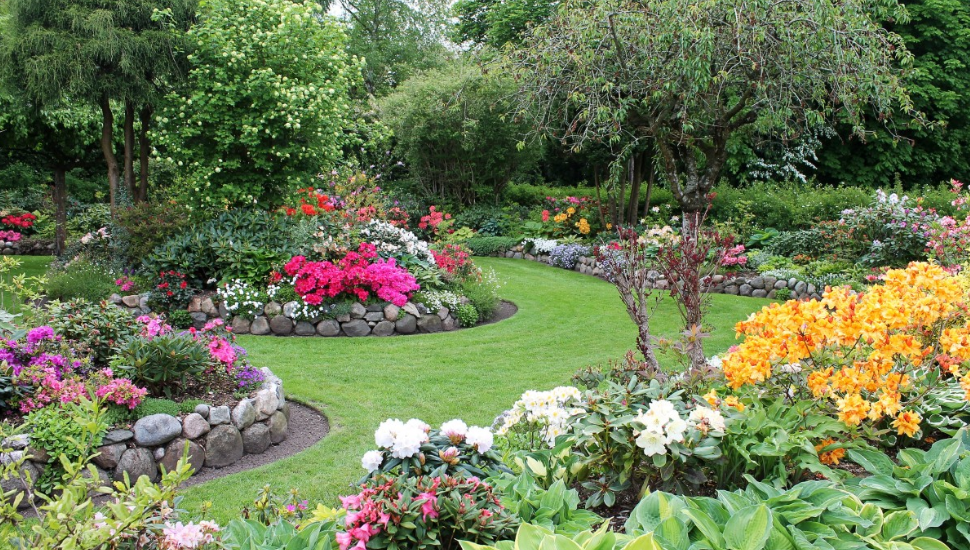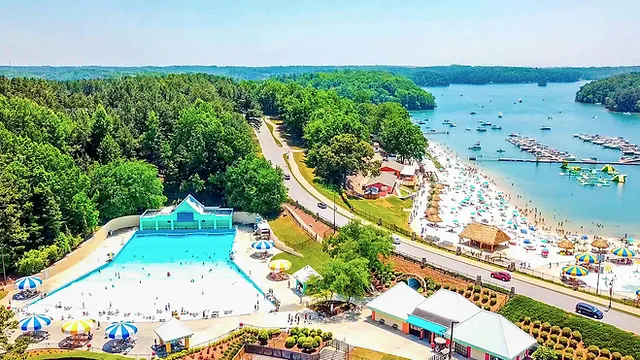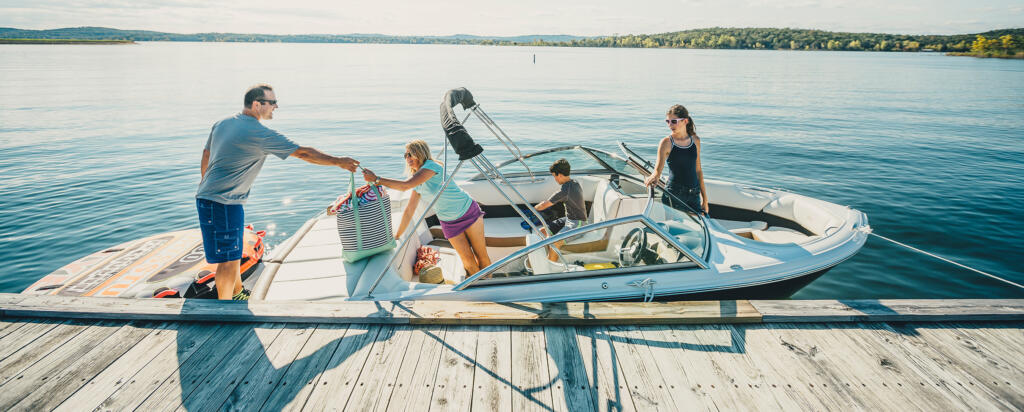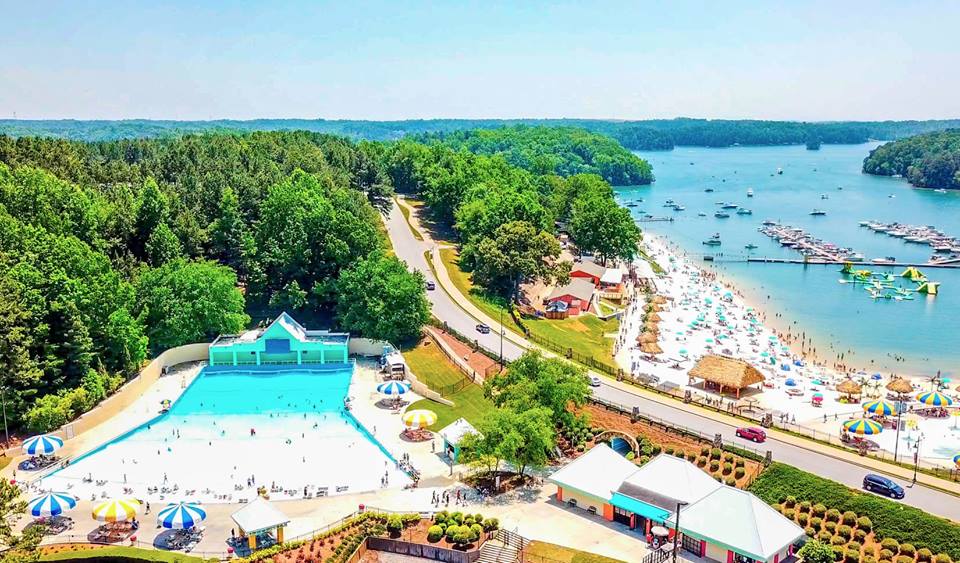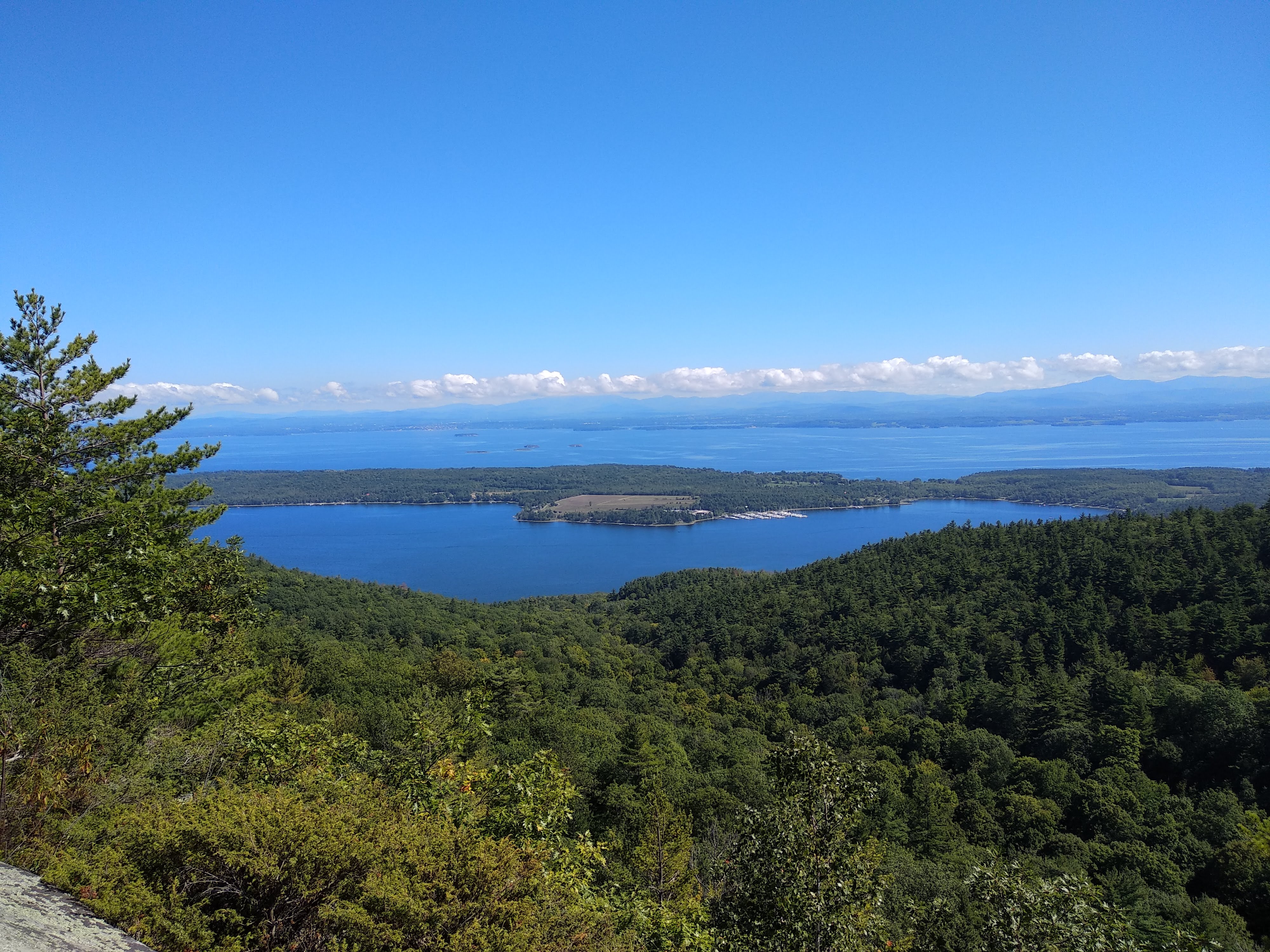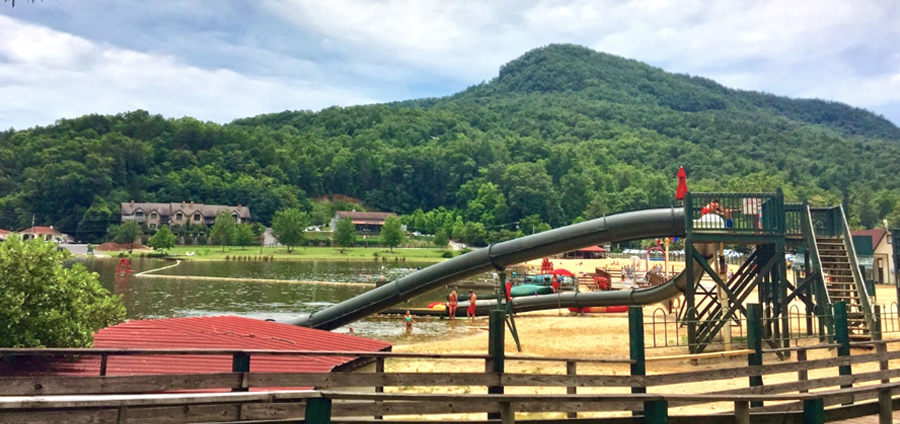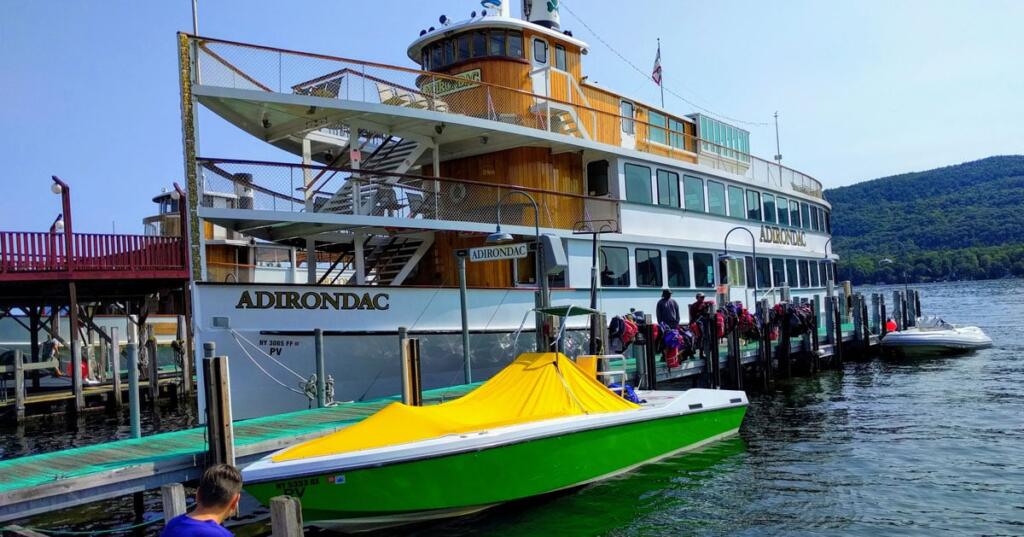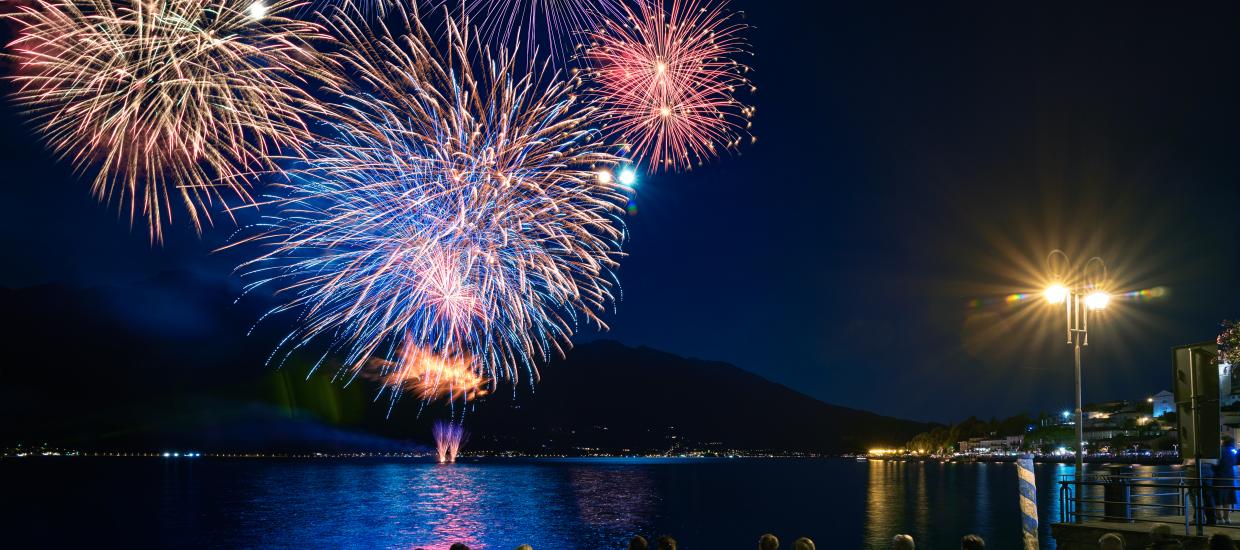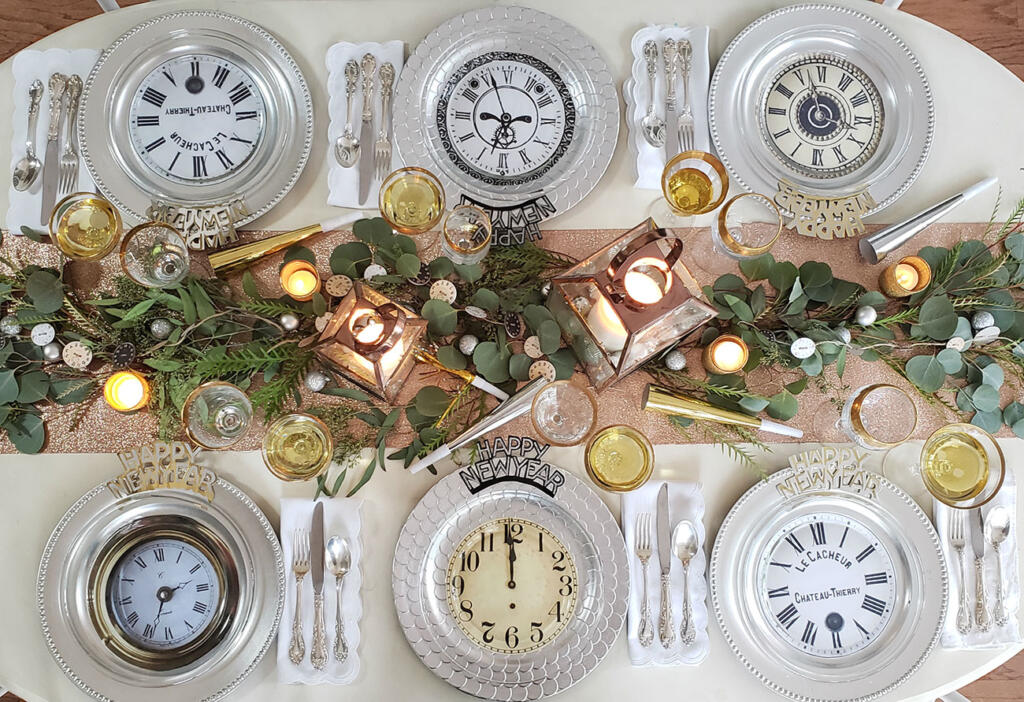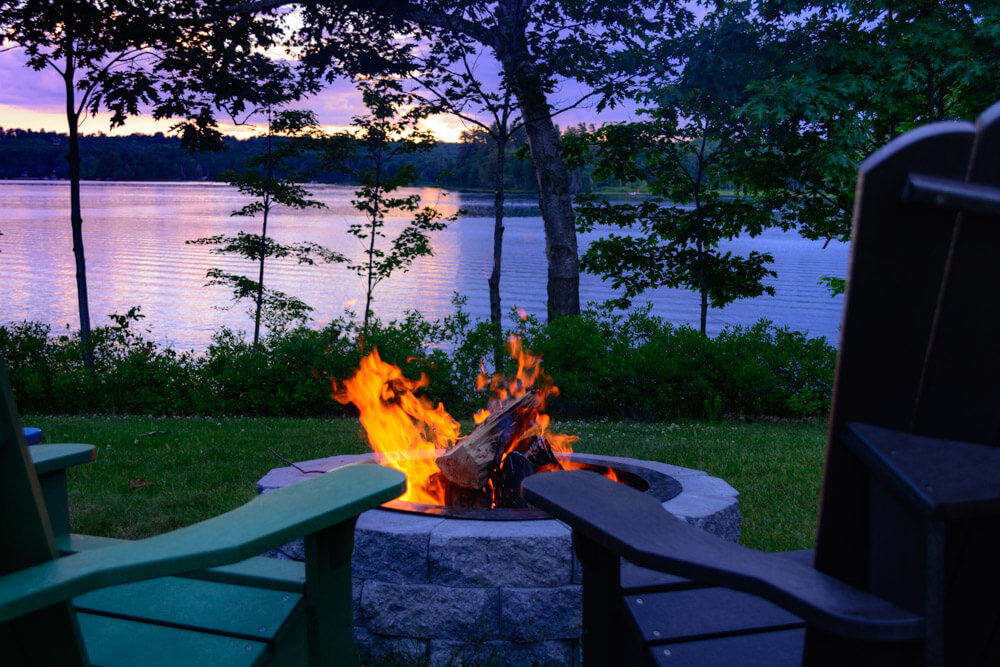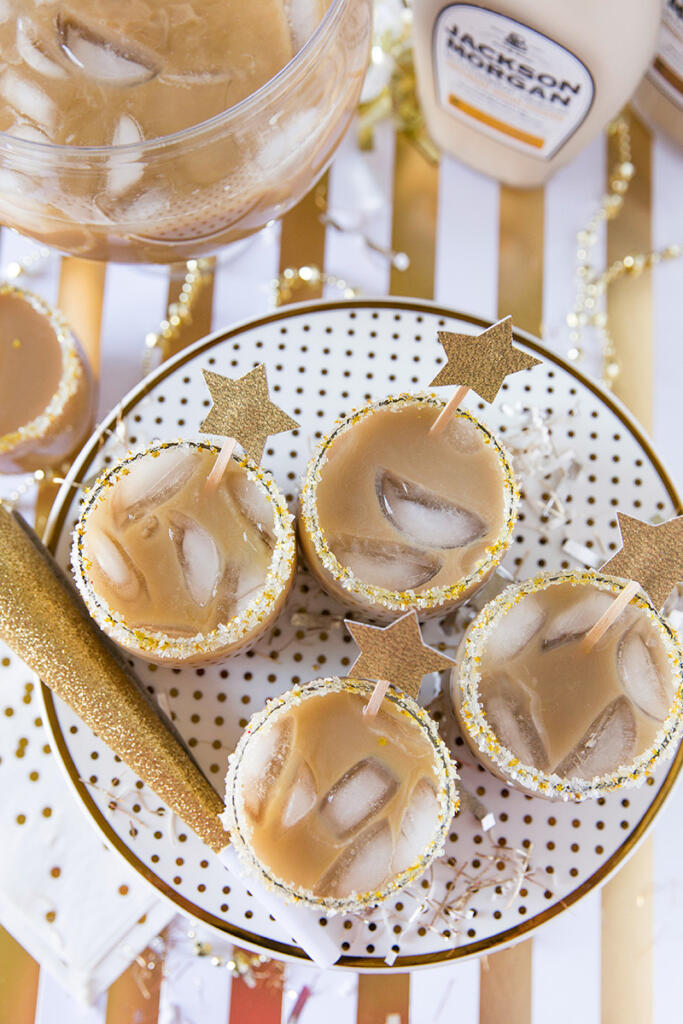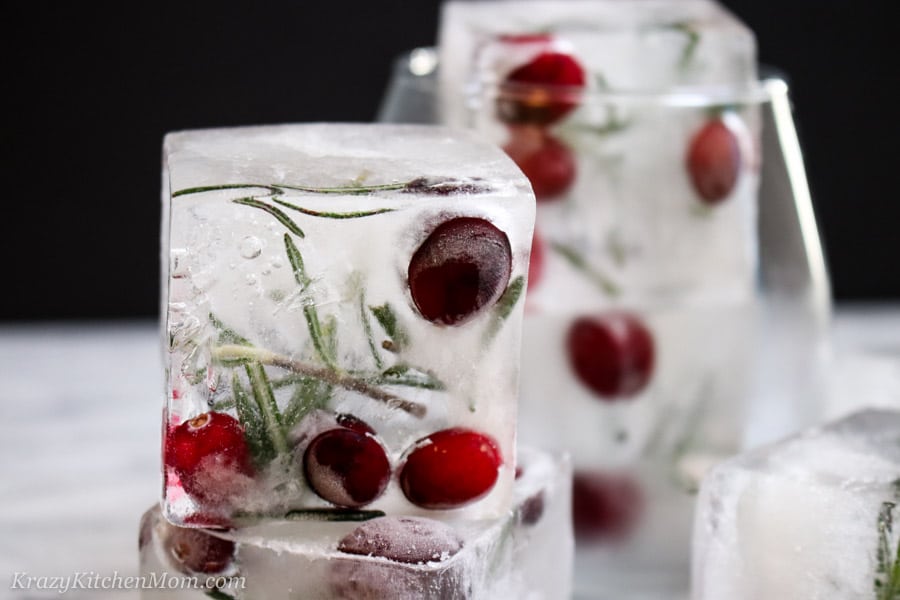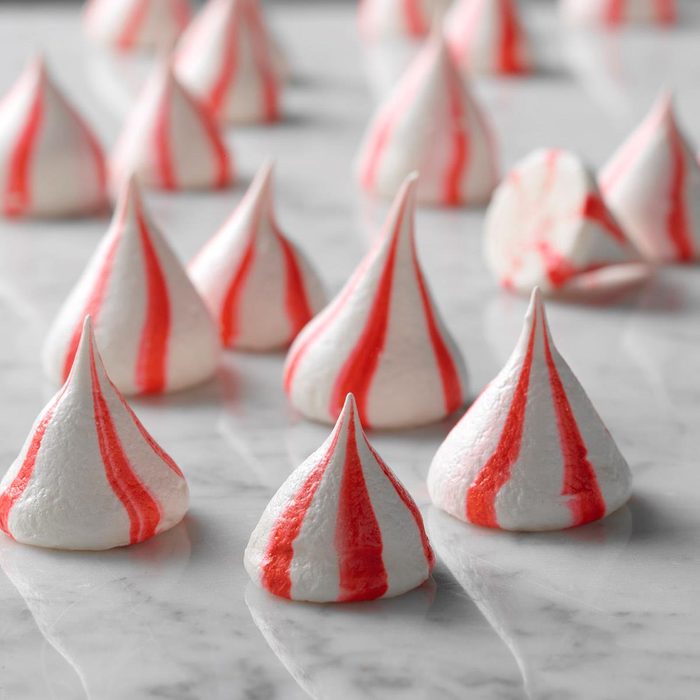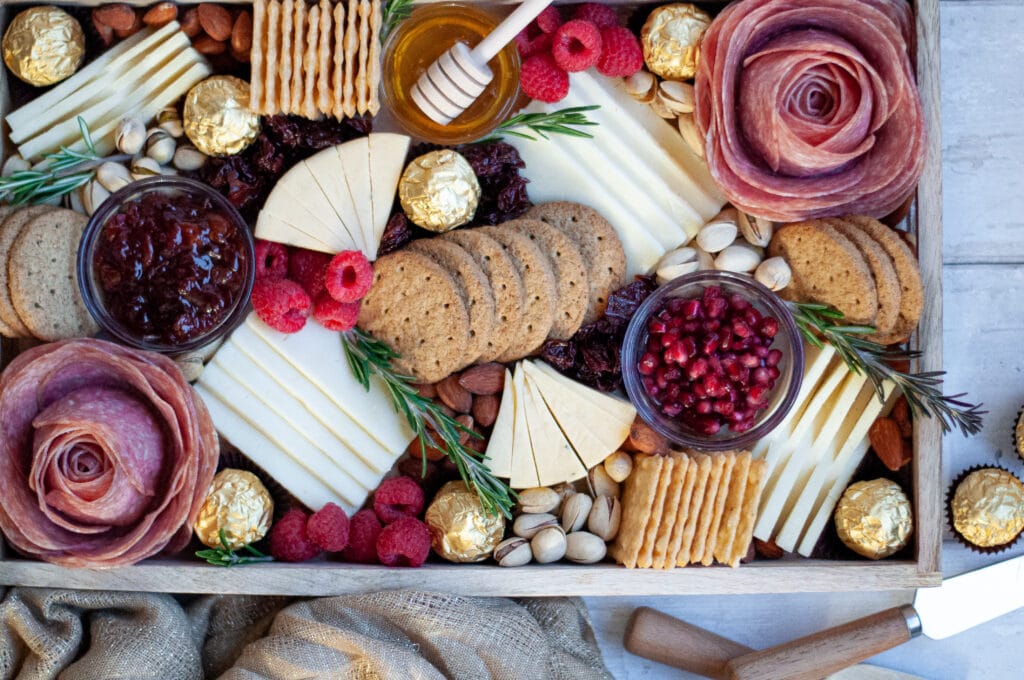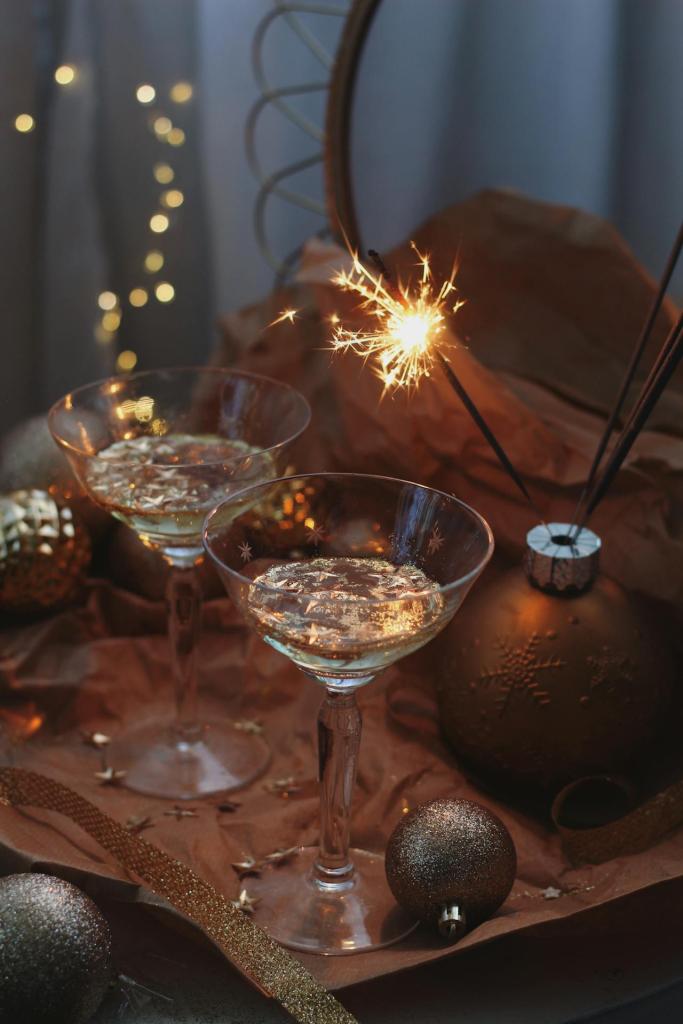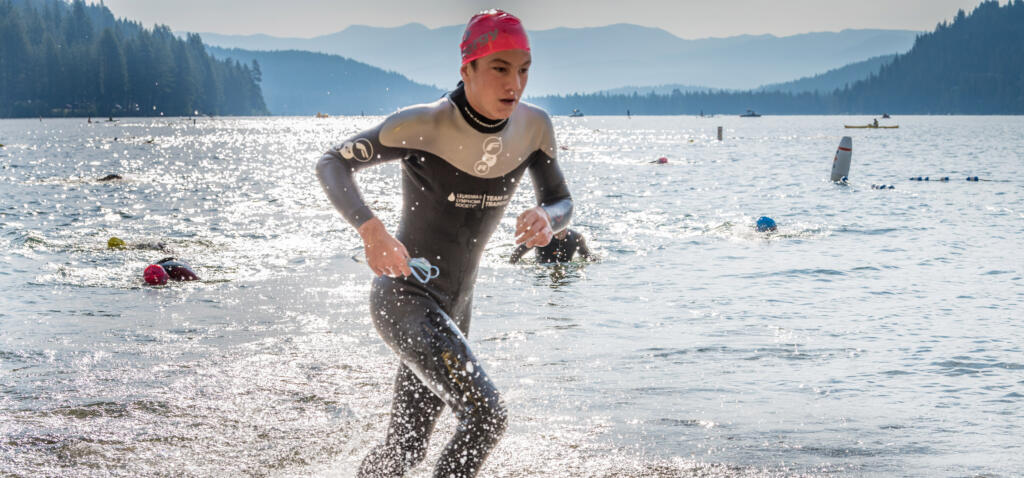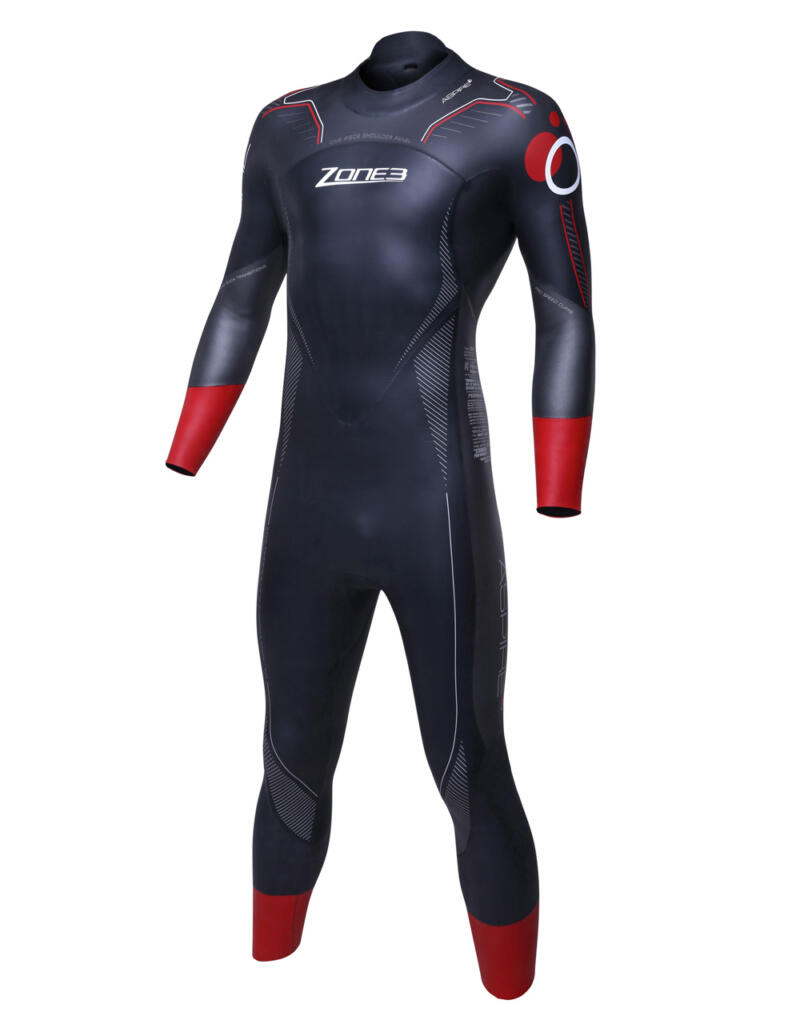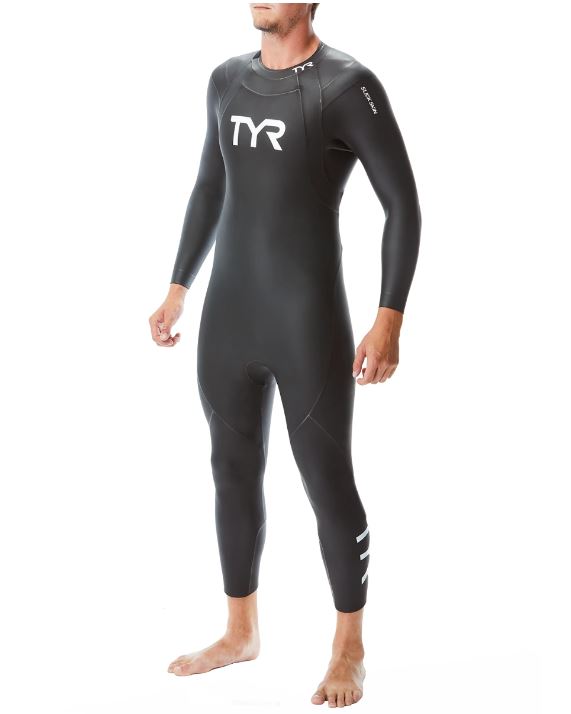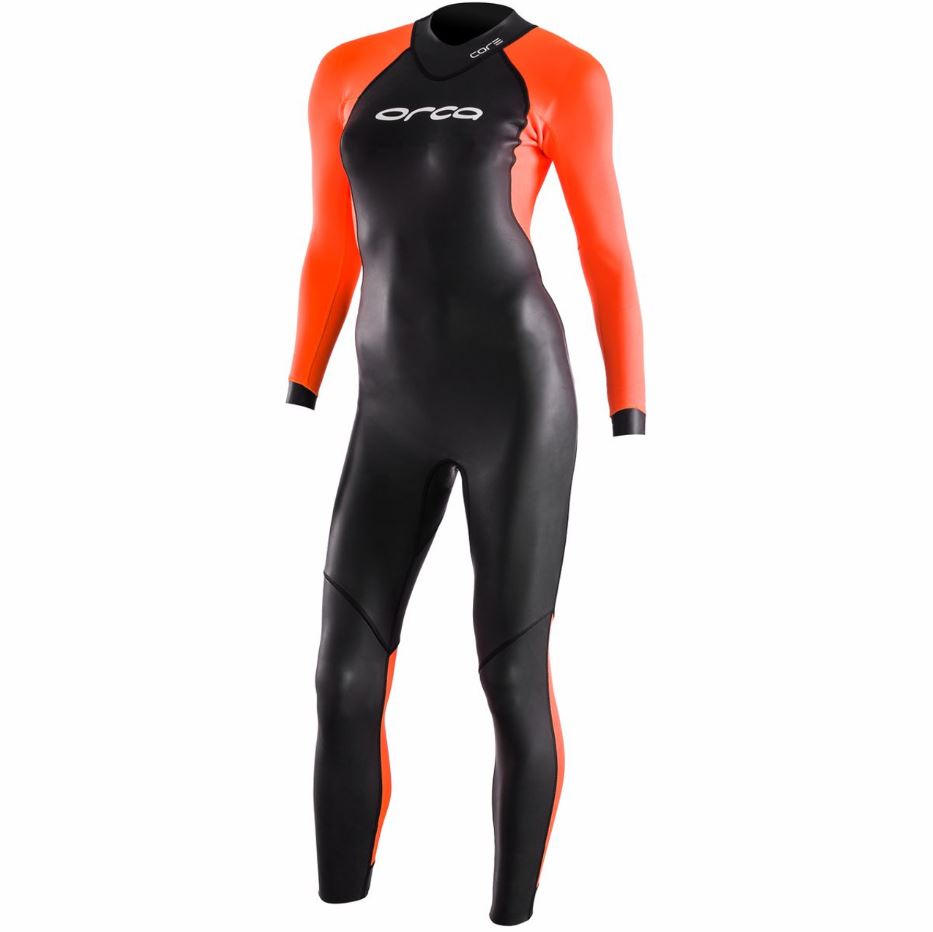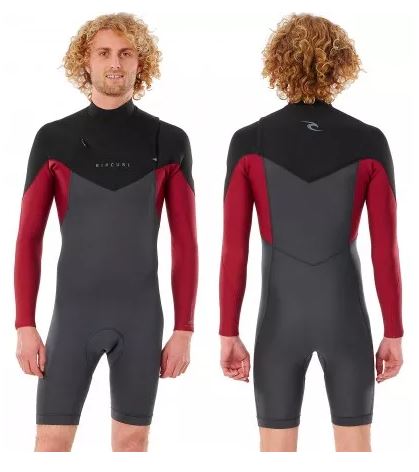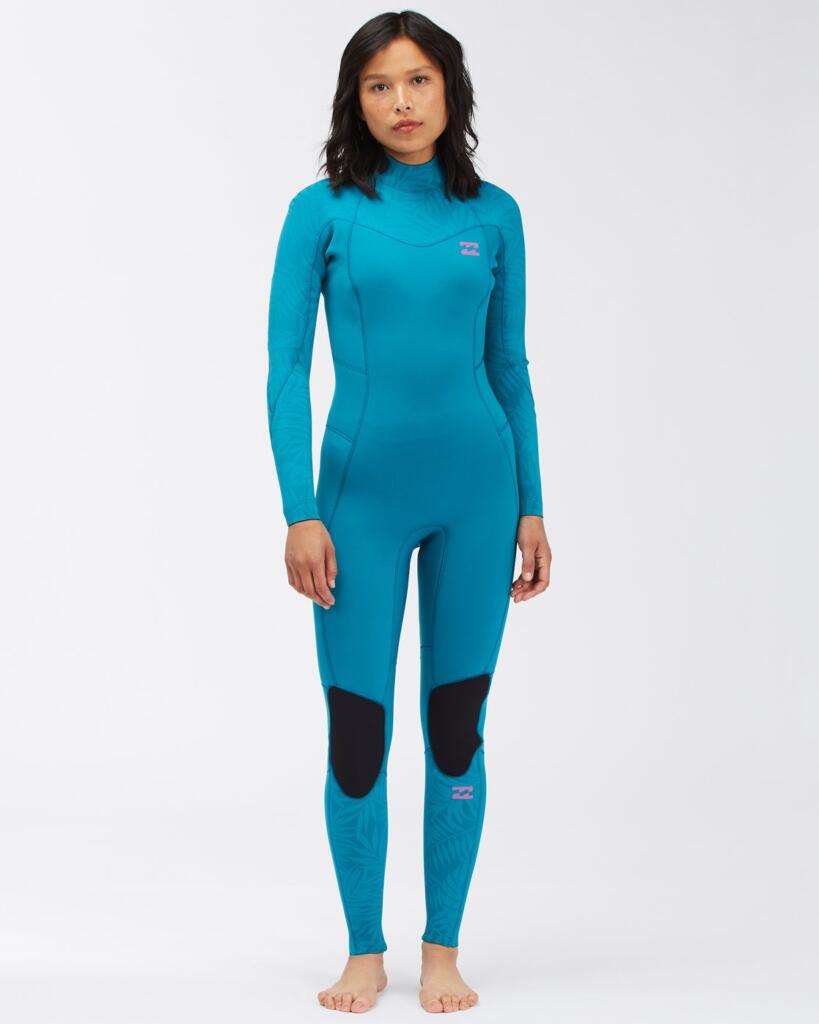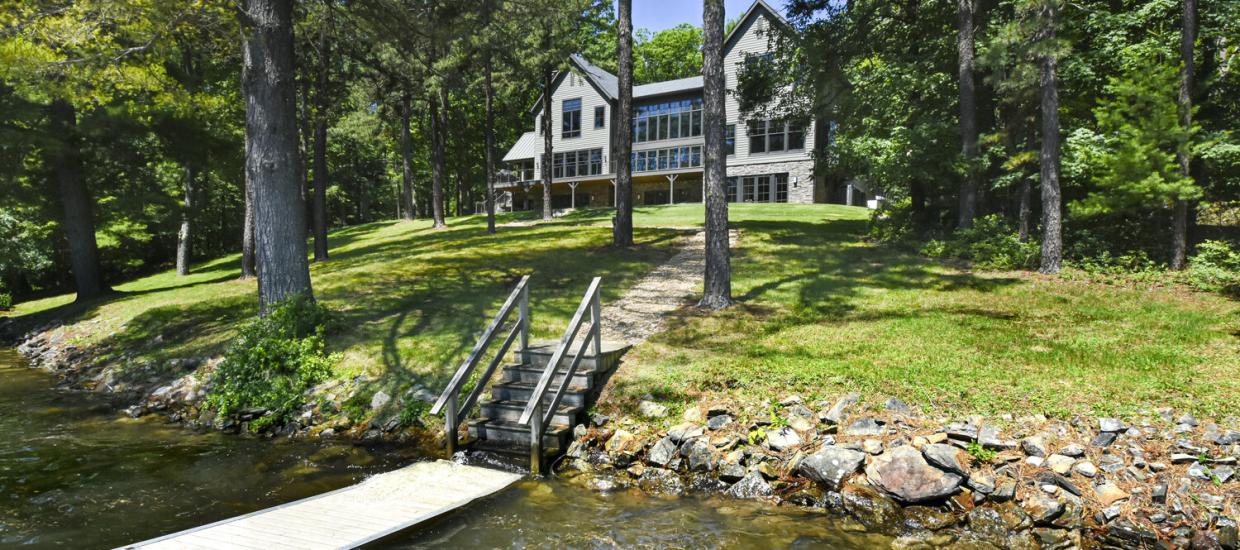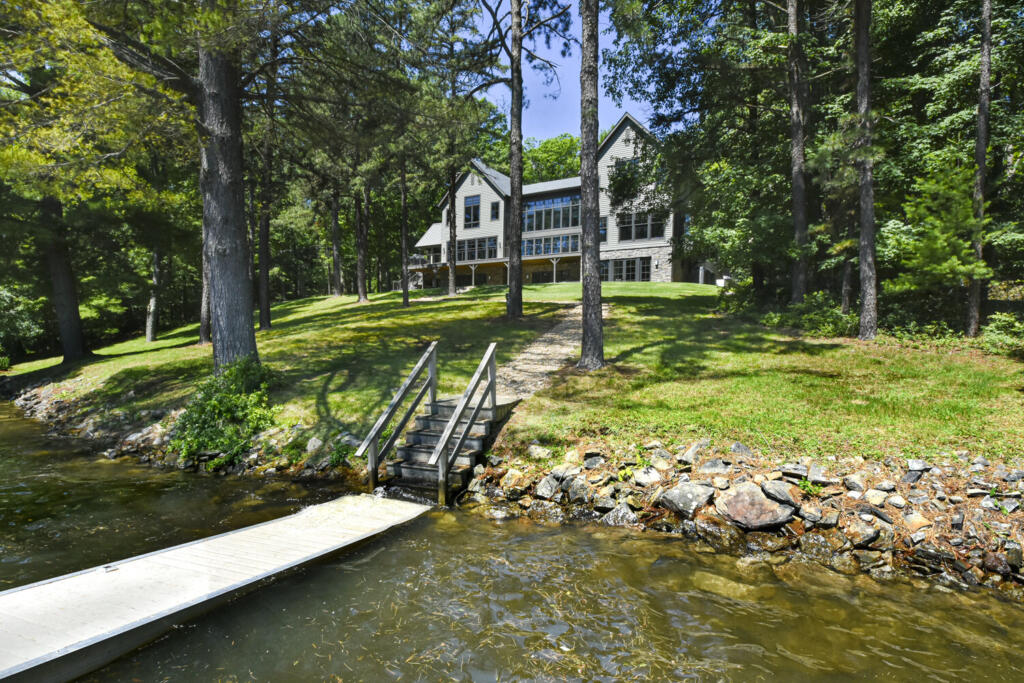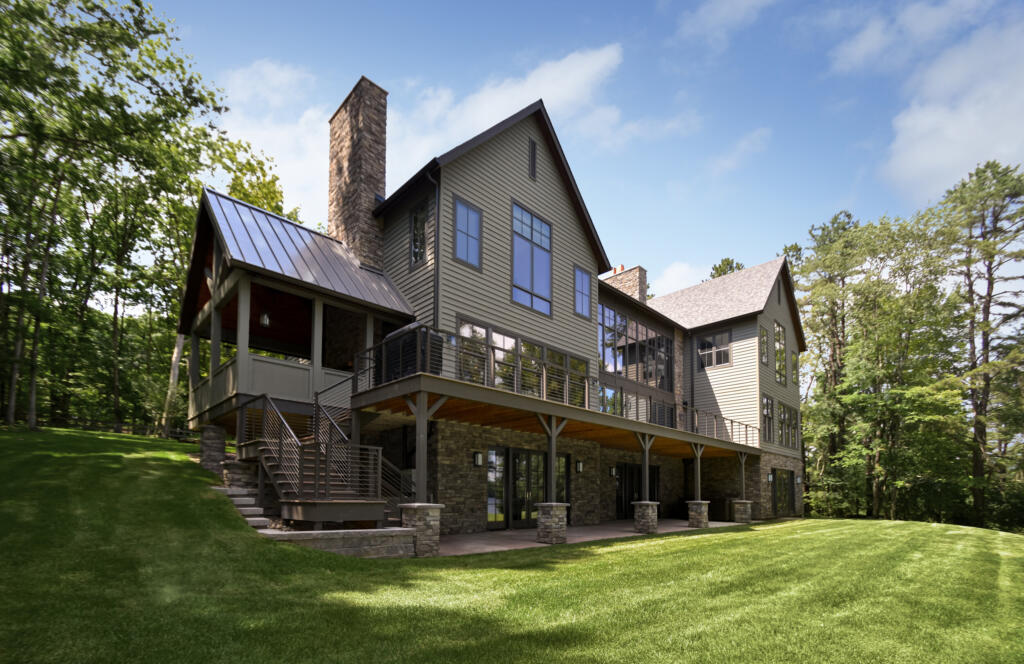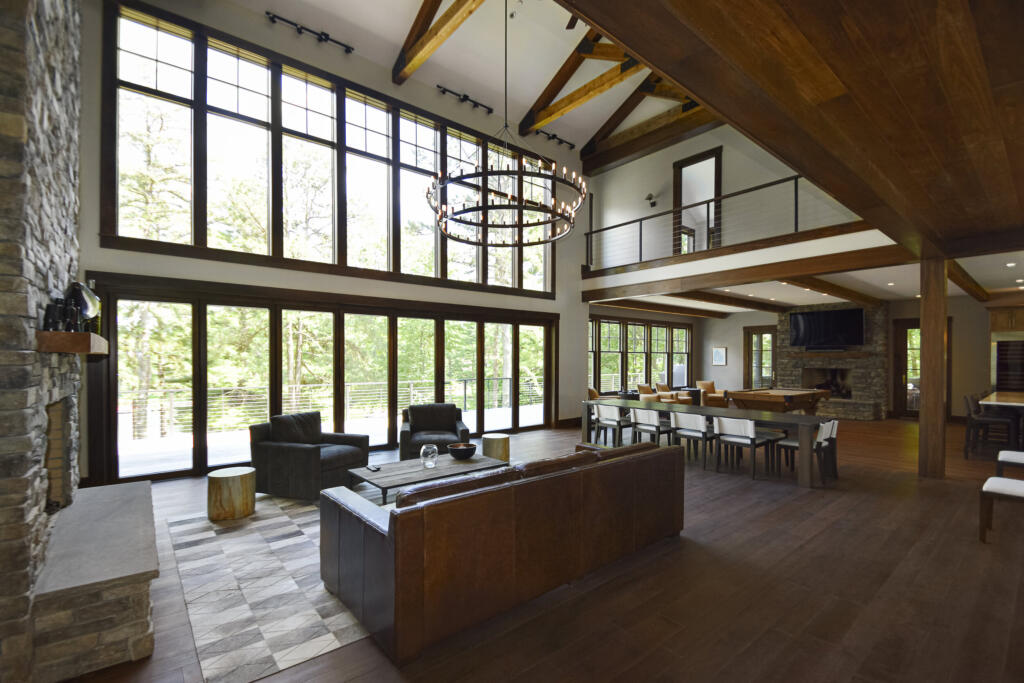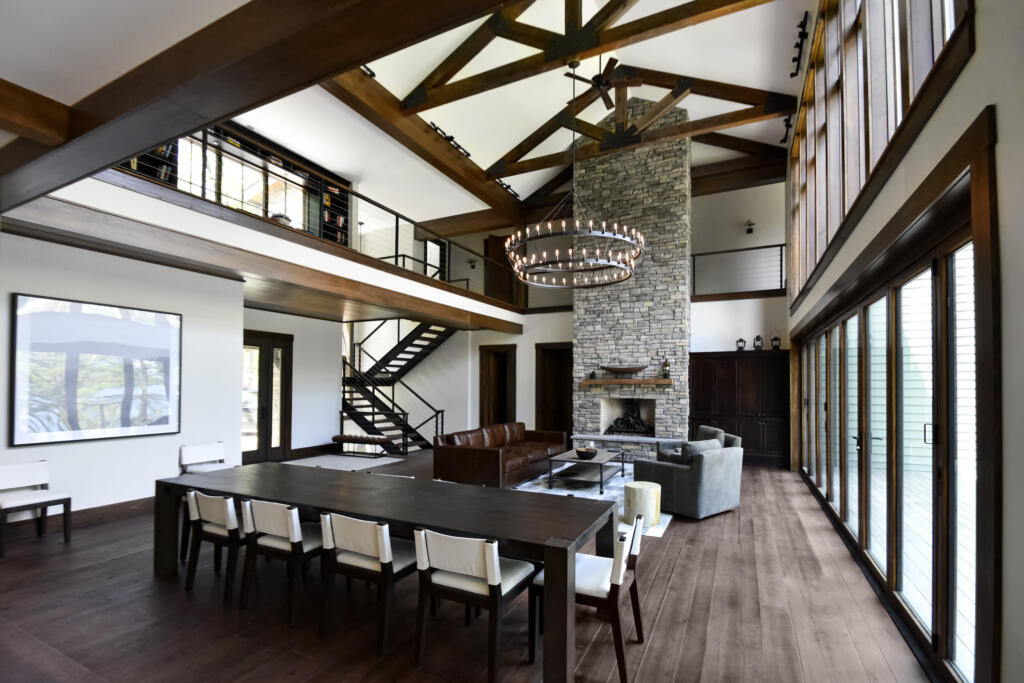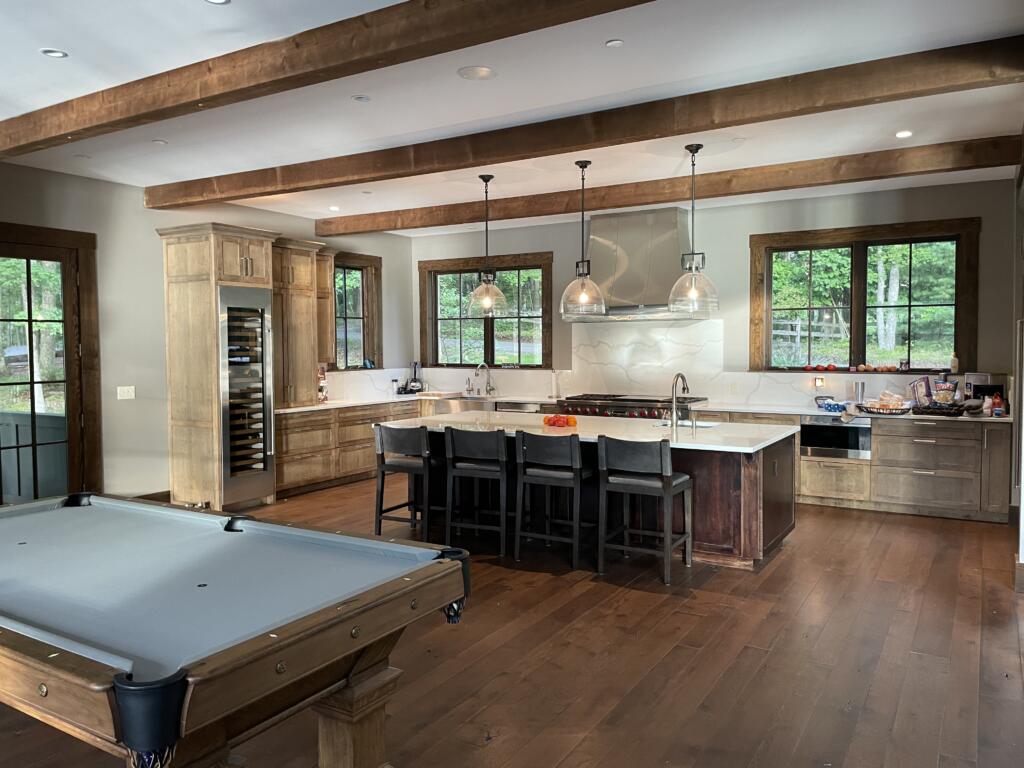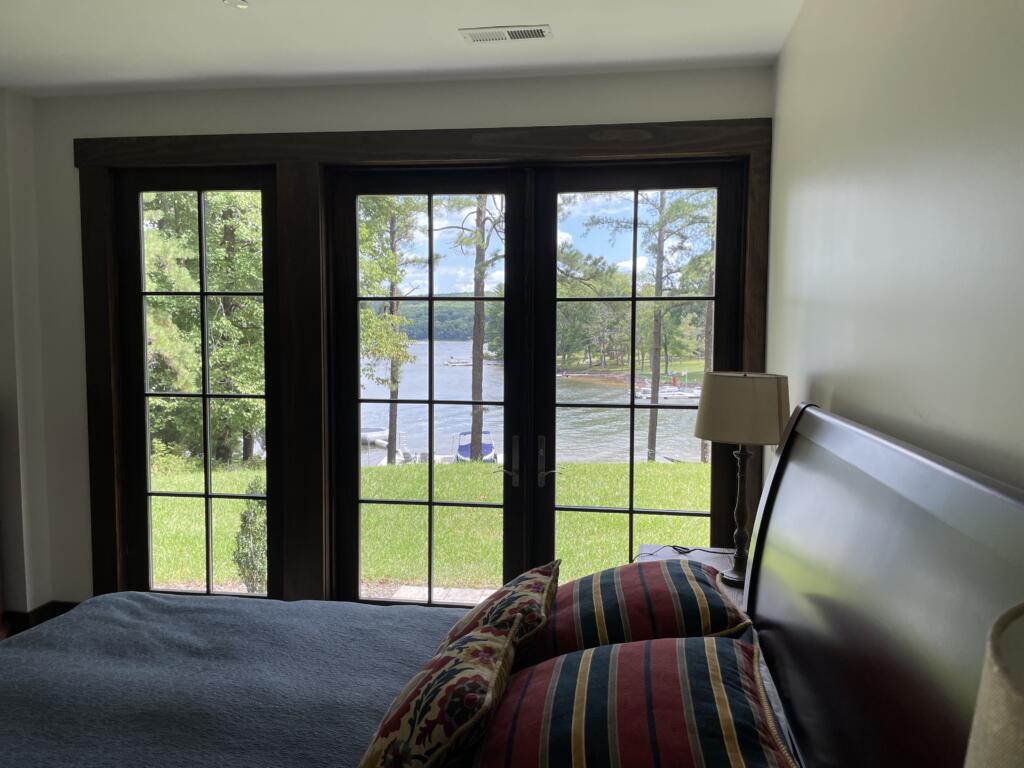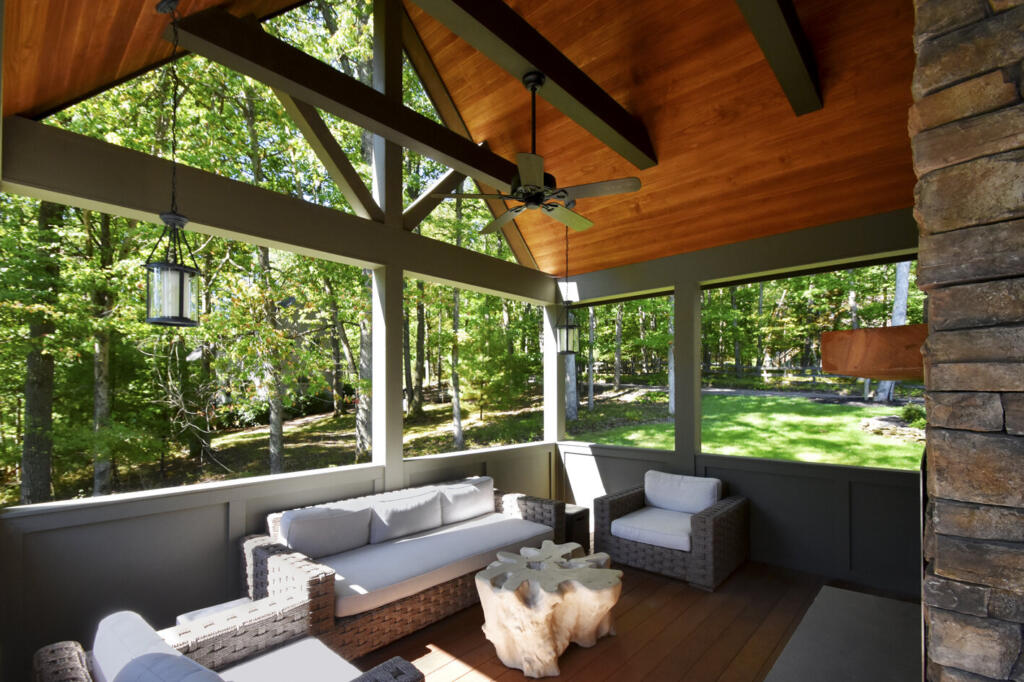
You work all year tending your garden, only for all your gorgeous blooms to dwindle in the winter. You begin to grow tired of all your hard work and dedication going to waste. But fear not, as today we’re going over 12 flowering shrubs to keep your lake home landscape filled with big beautiful blooms all year-round.
Each shrub thrives in different environments based on the USDA Plant Hardiness Zones (see below).
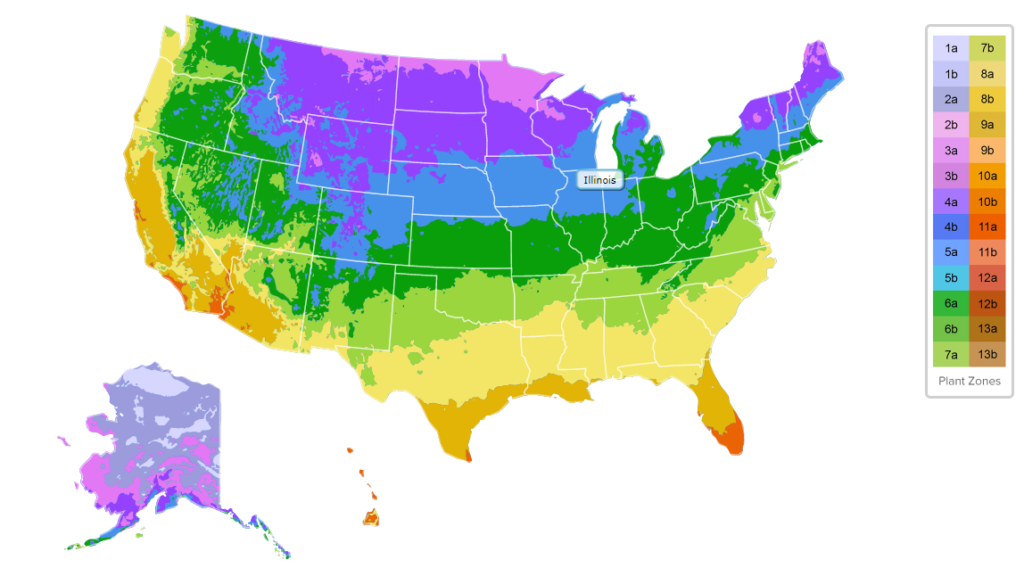
Summer
Oleander

This pretty but poisonous flower blooms beautifully in early summer to mid-fall. Although well-loved because of its fast-growing nature and drought resistance, be careful growing around pets and small children. Oleander can is tremendously poisonous if eaten.
- Blooming season: early summer to mid-fall
- Color: orange, yellow, red, and pink with dark green foliage
- Requirements to help the plant grow:
- Soil: well-drained
- Light: full sun
- Water: deep soak every three
- Zones: 8-10
Abelia

A beginner-friendly plant, this low-maintenance shrub embodies the spirit of summer. Abelias boast many benefits as they resist drought when planted, repel deer, and their pest-free nature ensures longevity — and your garden’s overall health. This flowery shrub blooms through summer and into fall in shades of white, yellow, and pink.
- Blooming Season: summer and into fall
- Color: shades of white, yellow, and pink with glossy green foliage
- Requirements to help the plant grow:
- Soil: fertile, moist, and well-drained
- Light: full sun to partial shade
- Water: once or twice weekly; best to water once soil is dry
- Zones: 6-9
French Hydrangea

You will capture the attention of all your neighbors and guests during the summer and throughout fall with the alluring colorful blooms of French Hydrangeas. The pH level of the soil affects the color of the flower. The more acidic the soil (pH below 6), the more blue the flower. In alkaline soil (pH above 7), the flower will turn shades of pink and red.
- Blooming season: early summer and lasts until early fall
- Color: pink, blue, and white
- Requirements to help the plant grow:
- Soil: moist, well-drained
- Light: morning sun, light afternoon shade
- Water: three times weekly
- Zones: 4-9
Rose of Sharon
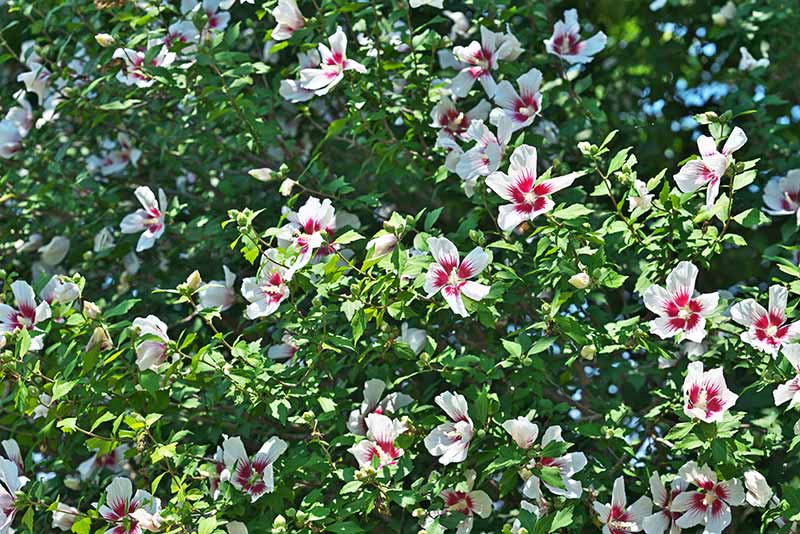
Add a tropical look to your lake home when you plant this low-maintenance flowering shrub. Its blooms begin in midsummer and last through fall with petals infused with blue, purple, pink, and white.
- Blooming season: midsummer through fall
- Color: blue, purple, pink, and white
- Requirements to help the plant grow:
- Soil: moist, well-drained
- Light: full sun to partial shade
- Water: weekly
- Zones: 5-9
Spring
Forsythia

You will definitely add sunshine to your garden when you plant this low-maintenance, fast-growing bright yellow flower. Not only will they bring instant joy to your lake home, but they are also deer-resistant and become drought-tolerant when established. Although these blooms may start in the early spring and last for about two weeks, the color and sight of these beauties are unforgettable.
- Blooming season: early spring
- Color: yellow
- Requirements to help the plant grow:
- Soil: moderately moist, well-drained
- Light: at least 6 hours of direct sun
- Water: regularly water until established, then give a good soak once a week if there is an extended period with no rainfall
- Zones: 5-8
Azalea

When you think of spring, azaleas instantly come to mind. These colorful flowering shrubs are the epitome of spring. Bursting with colors of white, purple, pink, red, orange, and yellow, their blooms start in early spring and last through fall.
- Blooming season: early spring to fall
- Color: white to purple, pink, red, orange, and yellow
- Requirements to help the plant grow:
- Soil: moist, well-drained
- Light: partial sun
- Water: once or twice weekly
- Zones: 6-9
Bloomerang Lilac
Why settle to see your lilacs bloom once when you can plant a shrub that will bloom multiple times during the year? Bloomerang Lilacs, unlike other lilacs, bloom in the spring, takes a break, and rebloom again from July to early winter— hence the name “bloomerang.” This delicate pale purple flower can repel deer as well.
- Blooming season: first bloom is in spring, takes a break, and reblooms again from July to early winter
- Color: purple
- Requirements to help the plant grow:
- Soil: rich, well-drained
- Light: full sun
- Water: once or twice weekly
- Zones: 3-7
Flowering Quince

You will receive a two-for-one when planting Flowering Quince in your lake home garden. With a blooming season of early spring, this multicolor plant of red, pink, orange, and white not only brings life to your vegetation — but also produces crabapple-like fruit that tastes similar to a cross between an apple and a pear!
- Blooming season: early spring
- Color: red, pink, orange, and white with dark green foliage
- Requirements to help the plant grow:
- Soil: well-drained
- Light: full sun
- Water: deep soak once weekly
- Zones: 4-9
Fall
Sasanqua Camellia
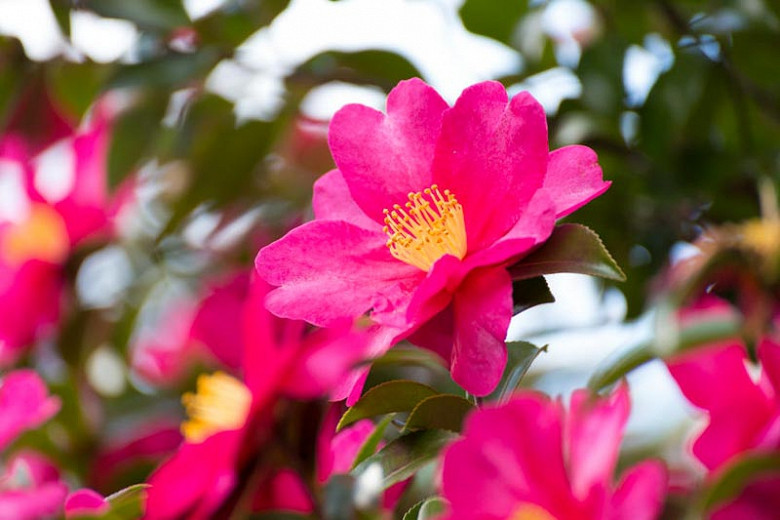
The stunning visuals of this graceful flora will leave you breathless with its shades of pink, red, white, and glossy green foliage. This evergreen shrub typically blooms in late fall and is drought-tolerant which can help it survive extreme wintry conditions.
- Blooming season: late October and lasts through winter
- Color: shades of pink, red, and white with glossy green foliage
- Requirements to help the plant grow:
- Soil: moist, well-drained
- Light: full sun to partial shade
- Water: regularly
- Zones: 7-9
Chrysanthemum

Chrysanthemums typically bloom in early fall and are popular options for autumn and Thanksgiving holiday decor. Coming in beautiful hues of white, yellow, orange, lavender, purple, and red, this perennial flowering shrub can be placed in outdoor gardens as well as planted in containers.
- Blooming season: early fall depending on zones (could be spring/fall or fall only)
- Color: white, yellow, orange, lavender, purple, red
- Requirements to help the plant grow:
- Soil: fertile, well-drained
- Light: direct sunlight
- Water: consistently and deeply; keep moist
- Zones: 5-9
Drift Rose
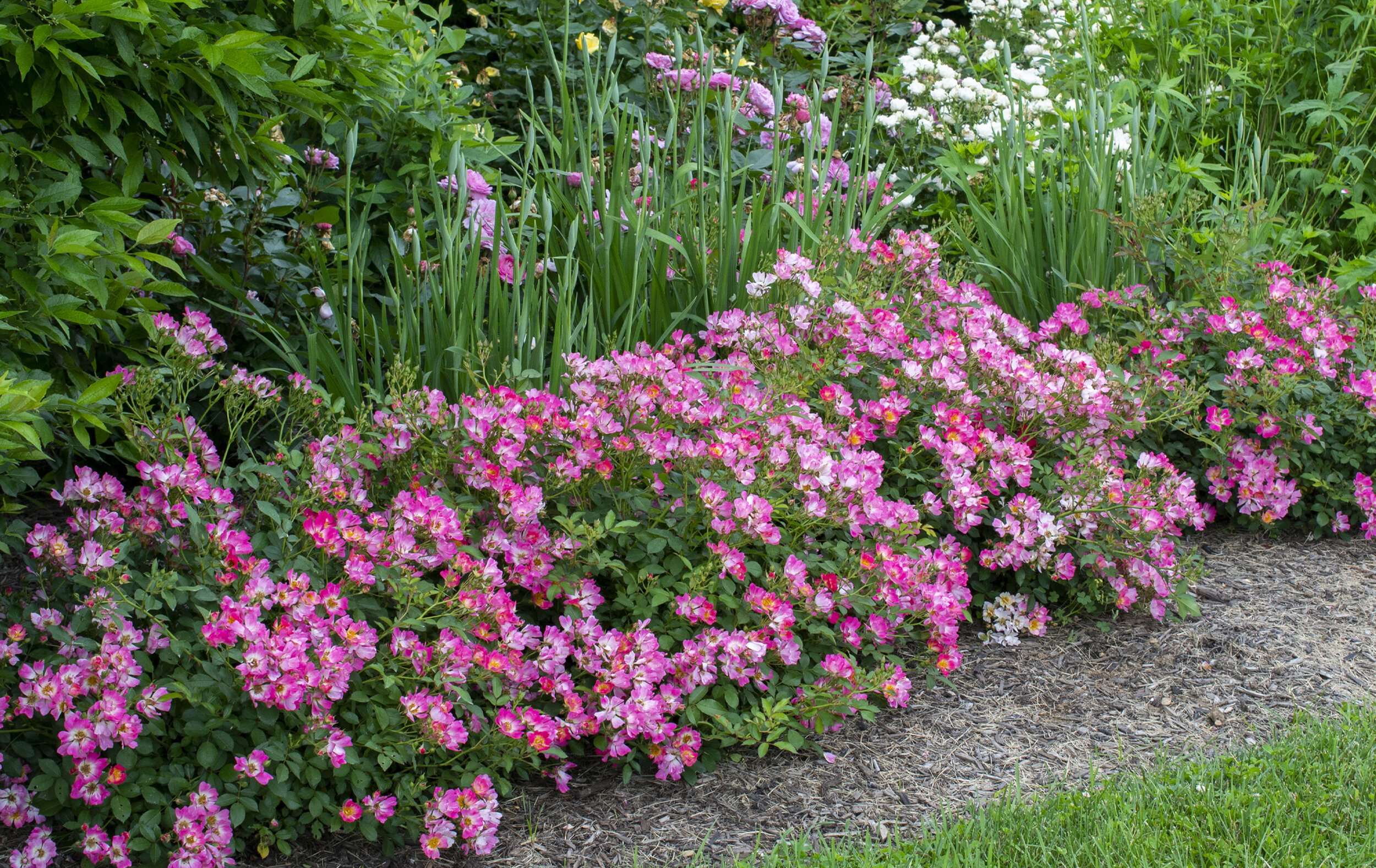
With vibrant hues of pink, yellow, peach, white, red, and coral, this low-maintenance plant can catch your eye from anywhere. Their vibrant fall blooms start in October/November and last until the first frost.
- Blooming season: fall blooms start in October/November and last until the first frost
- Color: pink, yellow, peach, white, red, and coral
- Requirements to help the plant grow:
- Soil: rich, moist, well-drained
- Light: full sun
- Water: weekly
- Zones: 4-9
Teasing Georgia Rose
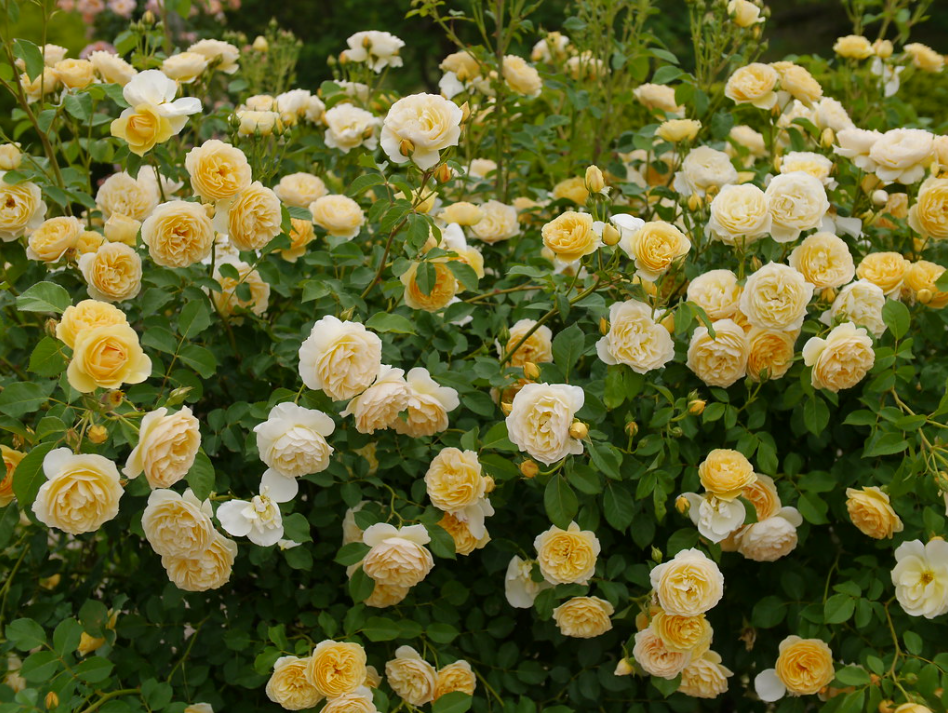
Your garden will be filled with the enticing scent of a sweet tea rose fragrance when you plant this shrub. Its delicate beauty comes in a deep yellow color with the outer petals fading to a pale yellow. This hardy plant’s blooms begin in spring and will continue throughout the fall season.
- Blooming season: spring through fall
- Color: yellow
- Requirements to help plant grow:
- Soil: moist, well-drained
- Light: full sun to partial shade
- Water: two to three times weekly
- Zones: 5-9
Winter
Winter Heath
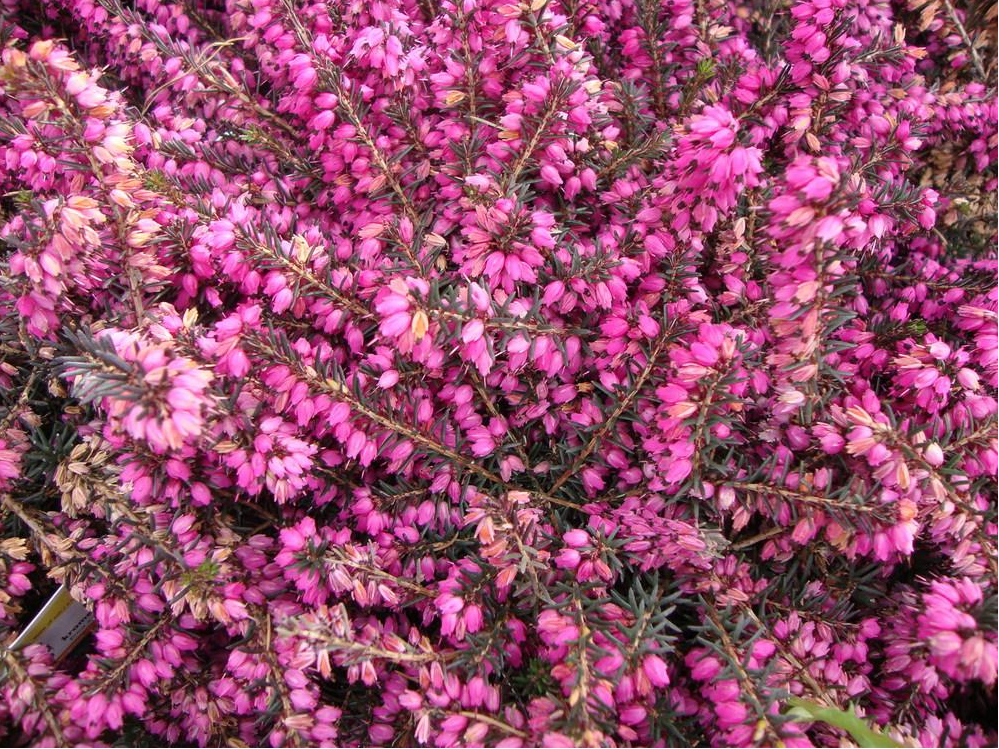
A must-have in your garden for the winter, this low-maintenance evergreen bursts with white and shades of pink and purple. Keeping the deer away is a primary perk — adding to the overall health of your lake home garden.
- Blooming season: winter and last until early spring
- Color: from white to shades of pink and purple
- Requirements to help the plant grow:
- Soil: well-drained
- Light: full sun
- Water: once or twice weekly until established
- Zones: 6-8
Rosemary
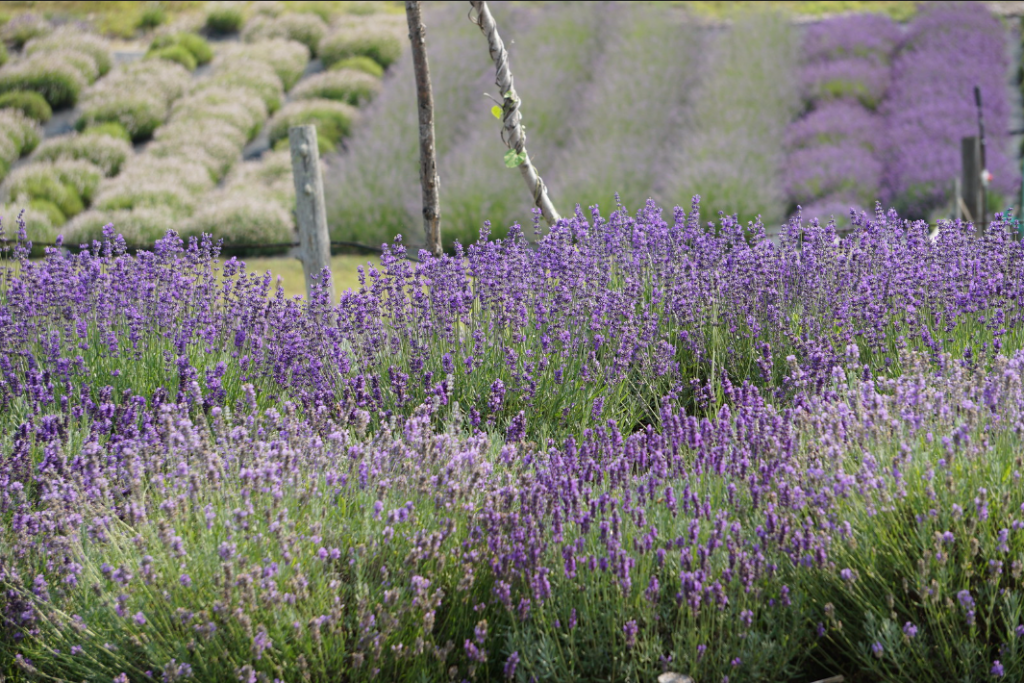
If you are looking to keep those bloodthirsty mosquitos away, planting rosemary is the way to go. Said to repel mosquitos, their blooms last all winter in shades of pale blue, pink, and white. They also become relatively drought-tolerant once established.
- Blooming season: winter
- Color: pale blue, pink, white
- Requirements to help the plant grow:
- Soil: well-drained
- Light: full sun
- Water: frequently; once established, water when soil is dried out
- Zones: 7-9
Winter Daphne
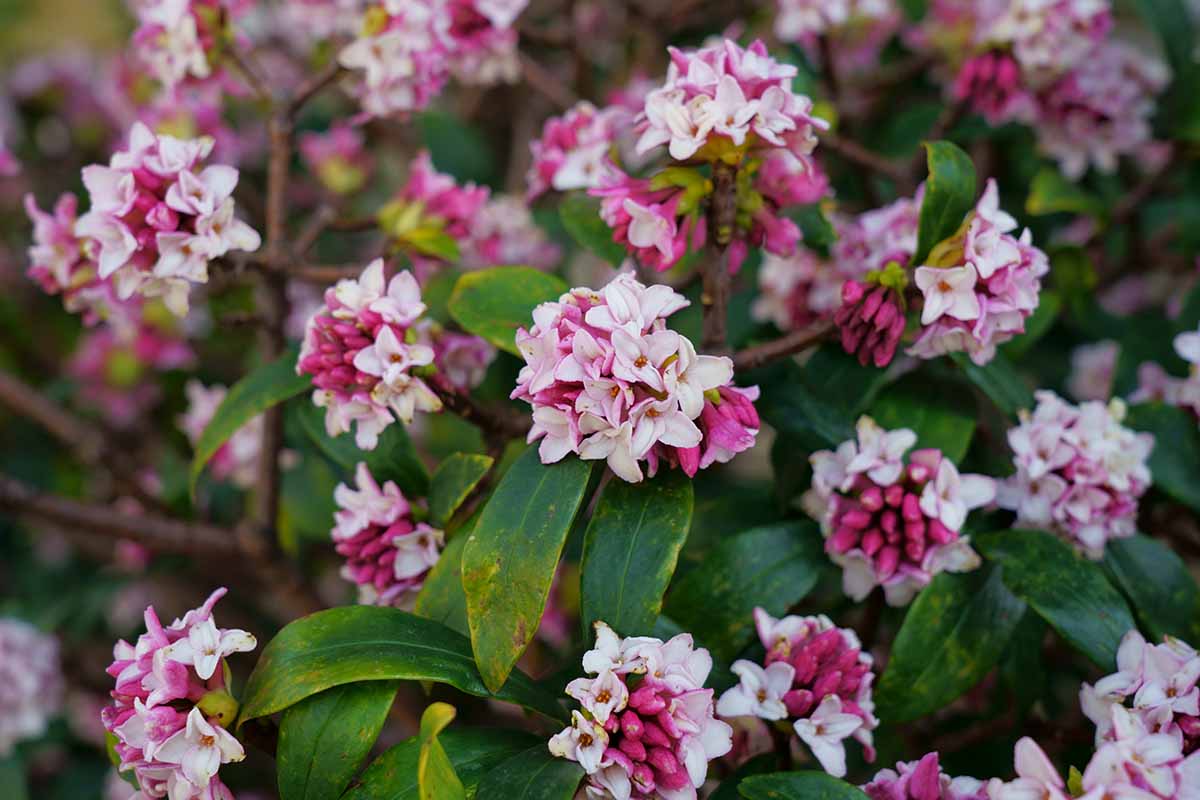
Just like the name implies, this pale pink plant blooms in mid-to-late winter. The sweet fragrance from these beauties will fill you with warmth all winter long.
- Blooming season: mid-to-late winter
- Color: pale pink
- Requirements to help the plant grow:
- Soil: well-drained
- Light: thrives in partial shade
- Water: deep soak once weekly
- Zones: 7-9
Winter Jasmine
Only seeing white during winter can be a bore. Pop some color into your garden this winter with this bold and beautiful golden bloom. Blooming from midwinter until spring, this flowering shrub keeps its color even in the cold.
- Blooming season: mid-winter
- Color: yellow
- Requirements to help the plant grow:
- Soil: well-drained
- Light: full sun to partial shade
- Water: at least twice a week
- Zones: 6-9
We hope you consider these flowering shrubs as potential options to plant in your lake home garden. Now you can finally enjoy beautiful blooms all year long!
Why do French Hydrangeas change colors?
The pH level of the soil affects the color of the flower. The more acidic the soil (pH below 6), the more blue the flower. In alkaline soil (pH above 7), the flower will turn shades of pink and red.
Do Bloomerang Lilacs rebloom?
Yes! Bloomerang Lilacs, unlike other lilacs, bloom in the spring, takes a break, and rebloom again from July to early winter— hence the name “bloomerang.”
What kind of fruit does Flowering Qunice produce?
It produces crab-apple-like fruit that tastes similar to a cross between an apple and pear.
Is a Chrysanthemum perennial or an annual?
Chrysanthemums are perennials.
What do Teasing Georgia Roses smell like?
They have an enticing scent of a sweet tea rose fragrance.
Is Rosemary good at repelling mosquitoes?
Yes! Rosemary is very effective at keeping mosquitoes away.
Does Winter Jasmine keep its color all winter?
Yes. Blooming from midwinter until spring, this flowering shrub keeps its color even in the cold.

